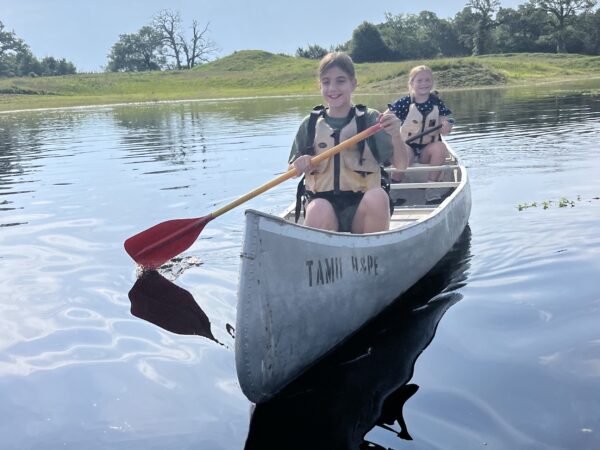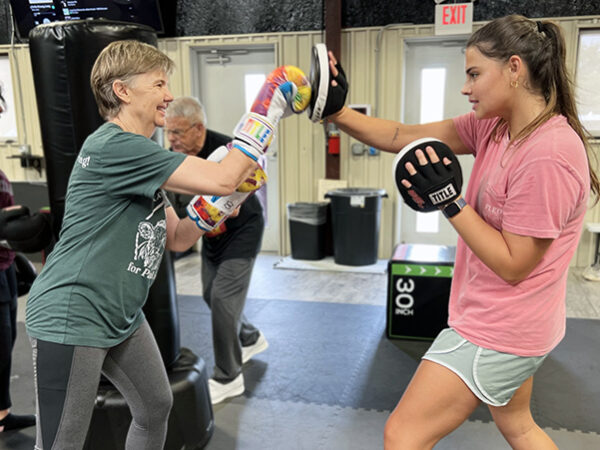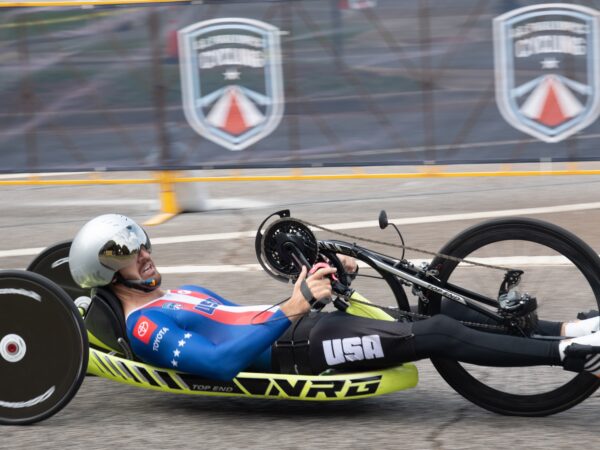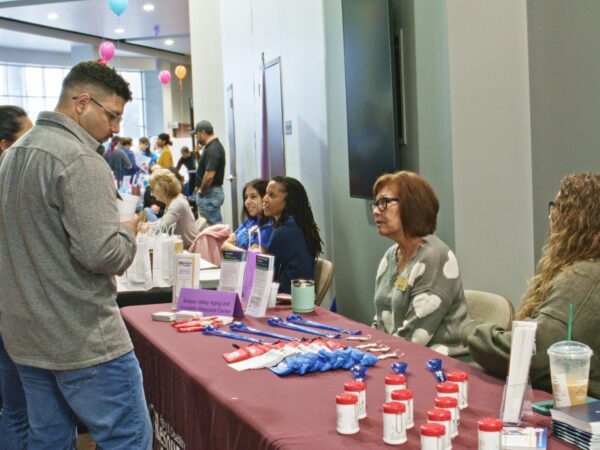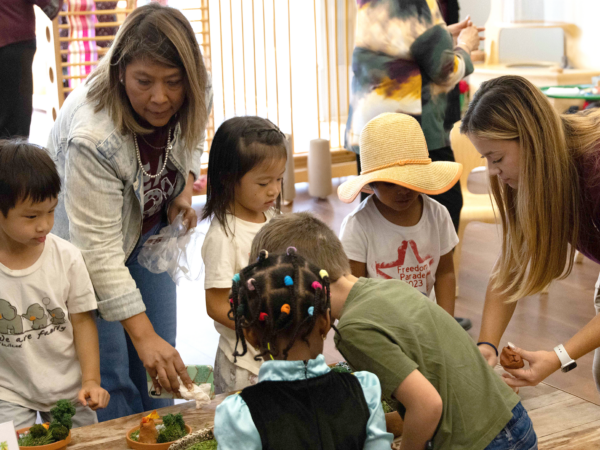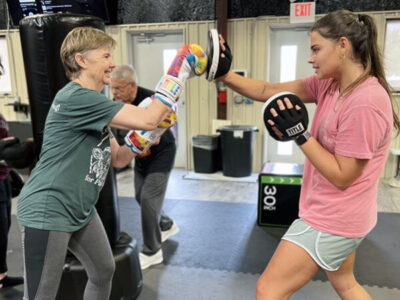Summer care programs key in promoting child physical activity
We typically think of summer as a time for playing and increased physical activity for children. However, this is not often the case, especially in rural and low-income areas.
Health education researchers, Dr. Tyler Prochnow and Dr. Meg Patterson, explored why summer care programs, like Boys & Girls Clubs of America, are crucial in promoting child physical activity.
“Summer care programs offer structure similar to school for kids to be active on a regular basis, and to do so safely under the supervision of adults,” Patterson said. “They are a prime opportunity to overcome the summer slump in activity many children face.”
Why summer care programs are vital
During the school year, there are several structured opportunities for physical activity and active play, such as physical education, recess and after-school activities. Prochnow said there has been ample research on how to increase physical activity during the school day — but summer gets left out of the equation.
“Sometimes these less structured days turn into more sedentary behaviors such as TV or video games,” Prochnow said.
Summer care programs provide opportunities for active play and physical activity which Prochnow said plays a huge role in the development of youth and may have lasting effects on social, emotional and physical development.
“Not only are summer care programs important for physical activity, they also provide a vital source of childcare for families throughout the summer,” Prochnow said.
Why physical activity is important for children
Physical activity is key for child health and well-being. Patterson said it is well known that active kids are happier, physically healthier, more confident and less likely to get diagnosed with both infectious and chronic diseases.
“On the contrary, being sedentary is extremely harmful both physically and mentally, and can lead to weight gain, muscle atrophy and mental fog,” Patterson said.
Patterson and Prochnow found that physical activity was important in forming new friendships and maintaining existing ones as well. They showed that physical activity can bring kids together and create opportunities for them not only to be physically well, but socially well, too.
“This is critical in so many ways — study after study after study points to the importance of physical activity and social connection in both short- and long-term health,” Patterson said. “Our research suggests that physical activity might be a great way to bring kids together and to help them be healthy in more ways than one.”
The impact of popularity and gender
Patterson and Prochnow also discovered that popularity and gender influences levels of physical activity and perceived physical activity.
“We found that the children that were on the inside of the network — closer to the center, in some ways could be considered more popular — were perceived to be more physically active by other children as compared to children that were on the outside of the network,” Prochnow said.
This may show that popular kids, or those that are better connected, in a specific network will be perceived as being more active even if they are not.
They also found that boys are more physically active than girls in these programs. Although this finding is not unique to their work, Patterson said it is a good sign in general that physical activity increased for both boys and girls.
“Summer care programs could be an excellent start for evening out sex disparities in child and adolescent physical activity,” Patterson said.
The researchers gathered their data by surveying participants at two Boys & Girls Clubs, one in Waco, Texas and another in Kenosha, Wisconsin. They hope to conduct further research to better understand the physical and social environment at these programs relative to mental health and physical activity for children.
The research will then be used to create a social network-informed program to implement at Boys & Girls Clubs.
“We’ve just really enjoyed working with these clubs. The staff are always so passionate about the kids and the community as a whole. We are so grateful to play a small role putting data behind their great work,” Prochnow said.
About the Writer
Heather is responsible for news coverage in the Department of Health and Kinesiology, as well as the Department of Educational Administration and Human Resource Development.
Articles by HeatherFor media inquiries, contact Justin Elizalde.



